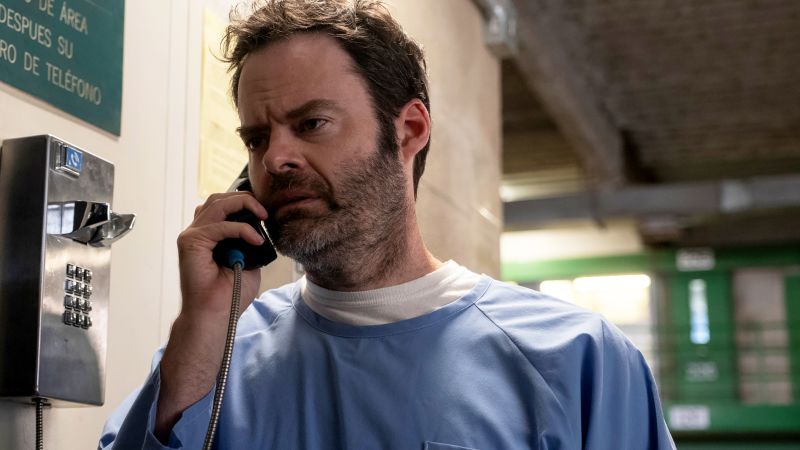Isra’a
Emhail
Luka
Forman, Journalist
Some parents have been
so overwhelmed by the costs of head lice treatment or been
led astray by misinformation that they are resorting to
unusual methods, the Kiwi creator of a world-first lice
detection powder says.
With lice thriving in warm
conditions and students returning to school, iSpyNits
founder Kate Ricketts expects cases will “explode again” in
a few weeks.
The nit infestations in her two children
nearly three years ago was bad enough that she developed a
United
Nations award-winning glow-in-the-dark powder to detect
the tiny critters more easily.
But Ricketts has heard
of horror stories of using harsh chemicals such as kerosene,
fly spray, flea treatment, as well as myths circulating
(fact: lice don’t fly or jump) and ‘Doctor Google’ often
being used.
“It’s really horrific some of the stuff.
[It’s] quite harrowing to hear a lot of the stuff from the
people themselves and also from our school nursing network,”
Ricketts said.
“You don’t want to be putting fly spray
on. There’s a whole lot of chemicals that are gonna burn
your kid’s scalp.”
Advertisement – scroll to continue reading
Some parents told RNZ the cost of
treatment made it difficult to keep on top of lice,
especially when they had more than one child and the lice
kept coming back every few weeks.
Auckland-based
parent Shalene Williams said it cost about $20 to $30 for a
bottle of lice shampoo, which the single mother said added
up if nits kept coming back.
“I have heard of people
at school who have ended up using flea treatment as a course
of action. Or even little girls, I know one of my son’s
friends had to have her hair shaved…
“Term one and
term four is when everyone gears up for the notices, and in
summer they’re required to wear hats right? I’m sure there’s
sharing of sunhats going around. It can spread pretty
quickly.”
Kate Campbell, who has five children, said
her whānau would need at least two $30 bottles for a
treatment. She believed some families were so overwhelmed by
the price they avoided treating nits altogether, which
increased the risk of spread.
Ricketts holds workshops
at schools to support and inform parents on tackling head
lice, a common problem which has existed for thousands of
years – a nit
comb from the time of the Bronze Age found was found
about 10 years ago.
How many children in New Zealand
get nits?
School health nursing network Mana Kidz
reaches up to 34,000 tamariki and whānau in South Auckland.
They help check for head lice and provide treatment and
education on how to manage nits effectively.
“The Mana
Kidz teams have been seeing a lot of headlice in the last
year,” Mana Kidz nurse Louise Robertson wrote in an email to
RNZ. “It is usually one of the top three child health and
wellbeing assessments done each term.”
Ricketts
estimated about 300,000 children at any one time in New
Zealand had lice, but there had been no research into
prevalence.
The closest idea we get is Ministry of
Health data showing the number of subsidised prescriptions
for dimethicone-based medication (the standard treatment for
head lice) reached 39,768 in 2023, a 54 percent increase on
the year before (25,848).
But Ricketts believed this
was a severe under-representation of the actual number of
people dealing with lice.
“[A Mana Kidz’s report
stated] a lot of parents were not accessing any kind of
scripts for their children, because they often owed money at
the pharmacy or at the doctor … there was a lot of shame
in going in and so they would avoid that.”
That is why
she wants
to create a nit index to track cases across the country
and target areas that need help.
But another challenge
is the updated
school guidelines which ask parents to keep their
children home until head lice treatment has started.
Robertson and Ricketts said this was a problem for parents
who both worked and could not stay home to care for their
children.
“Most schools confidentially say to me: if
we actually adhered to that, we would have no children at
school. So that shows you how significant the problem is,”
Ricketts said.
Why do nits keep coming back to my
kids?
The six-legged insect feeds off the blood in
our scalp and can hold on to hair shafts, where they
literally glue their eggs, or nits, close to the
scalp.
The louse camouflages the eggs by injecting a
bit of hair pigment, and they shut their spiracles
(breathing holes) when they detect water, so they do not
drown, Ricketts said.
Plus, a lot of the treatments
target the moving lice not unhatched eggs, she said. And you
could be missing eggs, no matter how tight your nit comb’s
teeth are.
“The only way is really removing them with
your finger and thumbnail, basically by running it along the
hair shaft because the mum actually glues it on with this
really strong glue that, if you could bottle it, you’d be a
trillionaire.”
Even just one missed louse can spell
for a reinfestation, Ricketts said.
“When the mum lays
an egg, she can lay probably seven to 10 eggs a day …
[When] she’s not gotten rid of in terms of treatment, she
can live about 10 days, so she’s going to lay an average of
100 eggs over that short time, which then will hatch and do
the same. So you can do the math and that’s again how
prolific they
are.”
© Scoop Media

















.jpg)



Discussion about this post